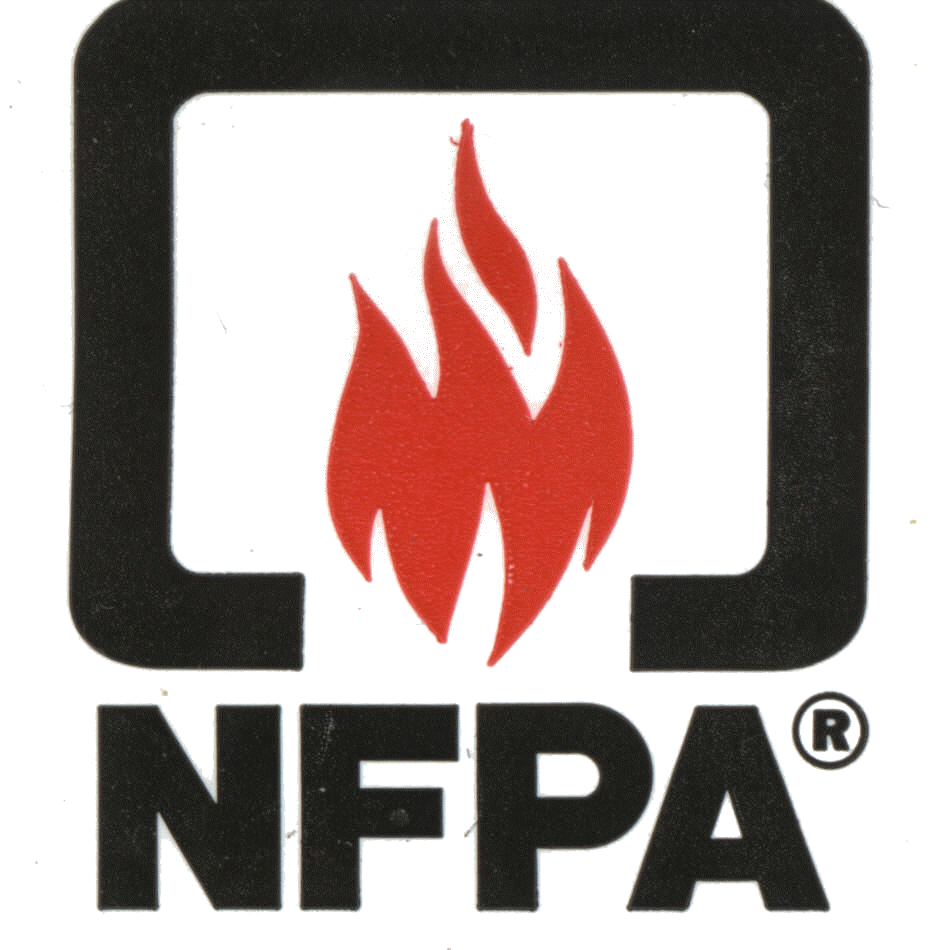
(860)829-0128
Serving Connecticut
for over 25 years.

 The National Fire Protection Association standard 211 says, "Chimneys, fireplaces, and vents shall be inspected at least once a year for soundness, freedom from deposits, and correct clearances. Cleaning, maintenance, and repairs shall be done if necessary." This is the national safety standard and takes into account the fact that even if you don't use your chimney much, animals may build nests in the flue or there may be other types of deterioration that could make the chimney unsafe to use.
The National Fire Protection Association standard 211 says, "Chimneys, fireplaces, and vents shall be inspected at least once a year for soundness, freedom from deposits, and correct clearances. Cleaning, maintenance, and repairs shall be done if necessary." This is the national safety standard and takes into account the fact that even if you don't use your chimney much, animals may build nests in the flue or there may be other types of deterioration that could make the chimney unsafe to use.

When you call the chimney professionals at Strictly Chimneys llc, our technicians will verify that your fireplace & chimneys are free of obstruction and combustible deposits. Your fireplace & chimney system are an important part of your home heating system. Make chimney inspection a regular part of your home maintenance schedule. Depending on the issue, this is a brief explanation for the 3 levels of inspection:
This inspection is recommended when your fireplace, chimney, and venting system are easily accessible and when you are planning to maintain its current use. In general, this level of inspection is performed in most homes. In a Level I inspection our technician will verify that your fireplace & chimney structures are sound, free of obstructions, and combustible deposits, such as creosote.

When a Level I or Level II inspection suggests a hidden hazard and the evaluation cannot be performed without access to concealed areas, a Level III inspection is recommended. This type of inspection confirms the proper construction and condition of concealed portions of your fireplace & chimney structure as well as its flue. Level III inspections are generally necessary when investigating an incident that has caused damage to the fireplace, chimney, building, or where a hazard is detected and suspected.
For more information about chimney inspections be sure to visit our Frequently Asked Questions page.


